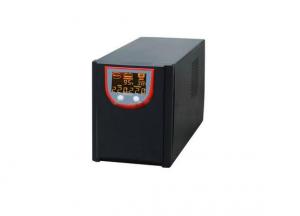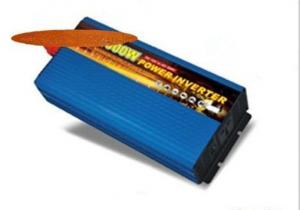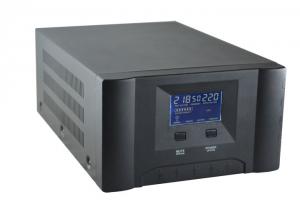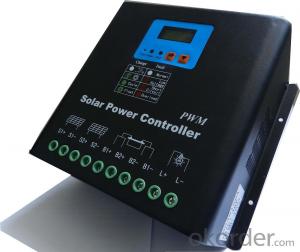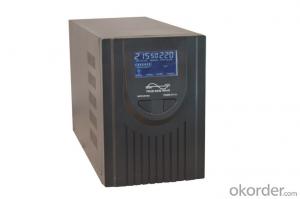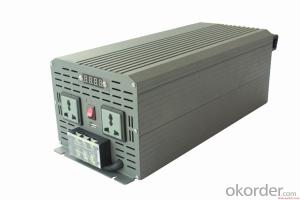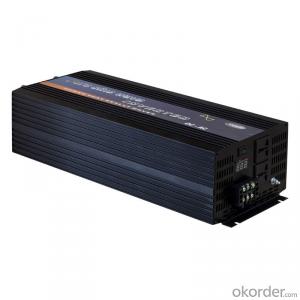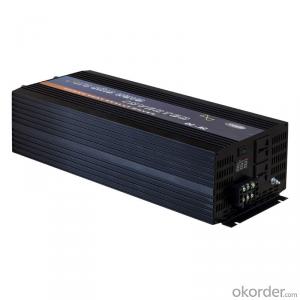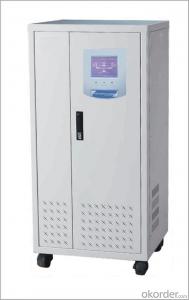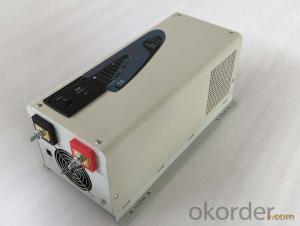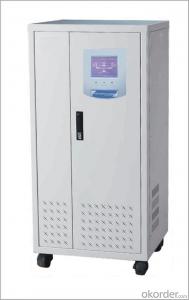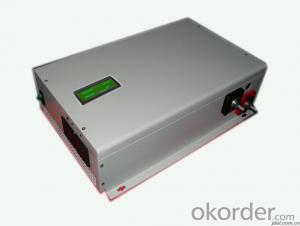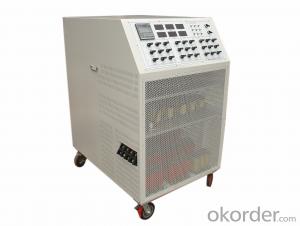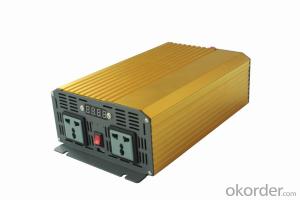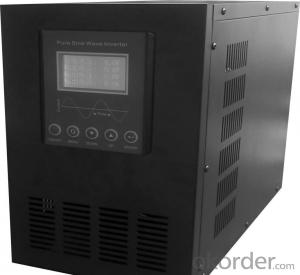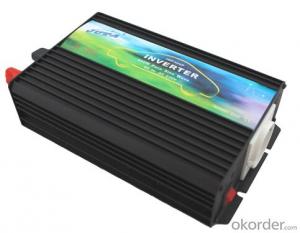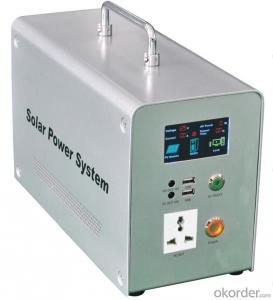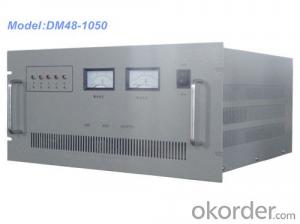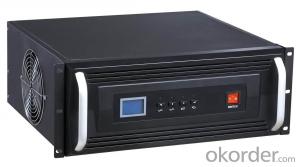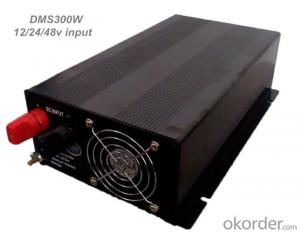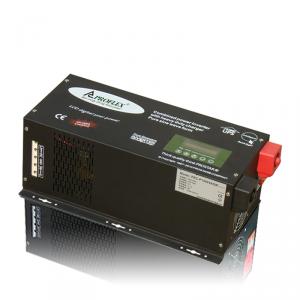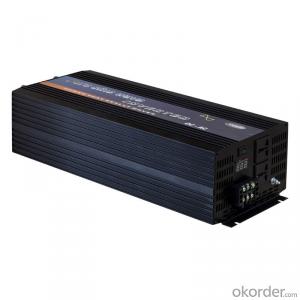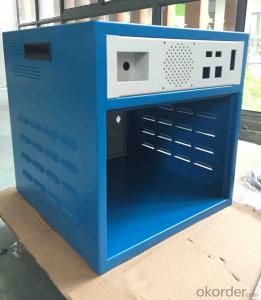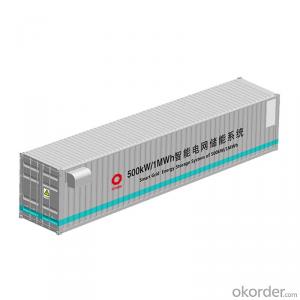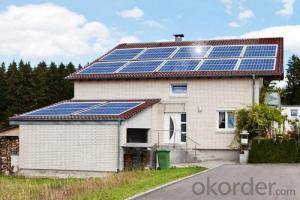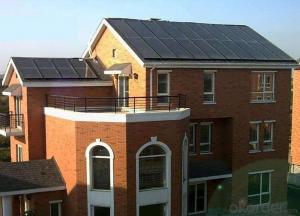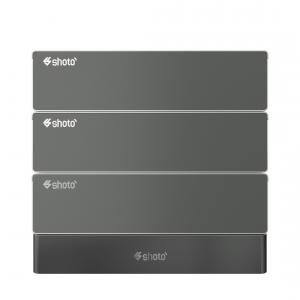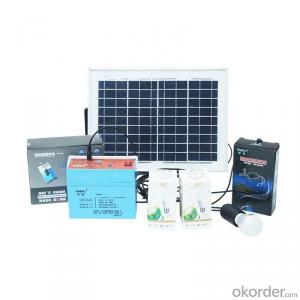Pure Sine Solar Inverter
Pure Sine Solar Inverter Related Searches
Pure Sine Wave Solar Inverter Pure Power Solar Inverter Sine Wave Solar Inverter Magna Sine Solar Inverter Solar Inverter Sine Wave Easy Solar Inverter Srne Solar Inverter Smart Solar Inverter Portable Solar Inverter Smart Inverter Solar Solar City Inverter Sunny Solar Inverter Smart Solar Power Inverter Solar Smart Inverter Sunshine Solar Inverter Sun Solar Inverter Easy Power Solar Inverter Inspire Solar Inverter Solar Solar Inverter Portable Solar Power Inverter Sine Wave Solar Inverter Price Power Solar Inverter Solar Energy Inverter Intelligent Solar Inverter Inverter Solar Sunrun Solar Inverter Pro Solar Inverter Solar Pro Inverter Convert Inverter To Solar Solar Electric InverterPure Sine Solar Inverter Supplier & Manufacturer from China
Pure Sine Solar Inverters are advanced power conversion devices that transform the direct current (DC) generated by solar panels into alternating current (AC), which is compatible with household appliances and the electrical grid. These inverters are designed to provide clean, reliable, and efficient power, making them an essential component in solar energy systems. They are particularly beneficial in off-grid and grid-tied applications, where they help to maximize energy output and ensure a stable power supply.The Pure Sine Solar Inverter is widely used in various scenarios, such as residential, commercial, and industrial settings. It is particularly suitable for powering sensitive electronics and appliances that require a stable and clean power source. In off-grid applications, these inverters help to store and utilize solar energy efficiently, providing a reliable power source for homes and businesses in remote locations. In grid-tied systems, they facilitate the integration of solar energy into the existing power grid, allowing users to reduce their reliance on traditional energy sources and lower their electricity bills.
Okorder.com is a leading wholesale supplier of Pure Sine Solar Inverters, offering a vast inventory of high-quality products to cater to the needs of various customers. With a commitment to providing excellent service and competitive pricing, Okorder.com ensures that customers have access to the latest technology and the best possible solutions for their solar power requirements. By partnering with reputable manufacturers and maintaining a diverse product range, Okorder.com has established itself as a trusted source for Pure Sine Solar Inverters and other solar energy equipment.

